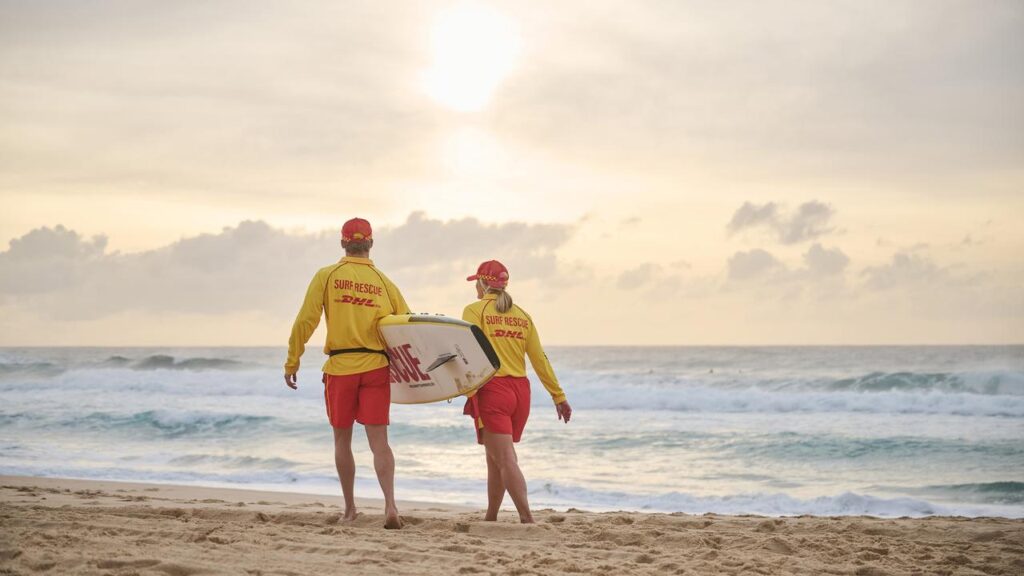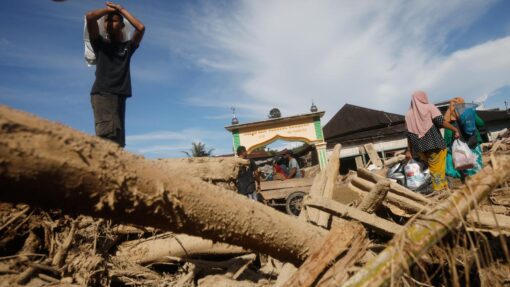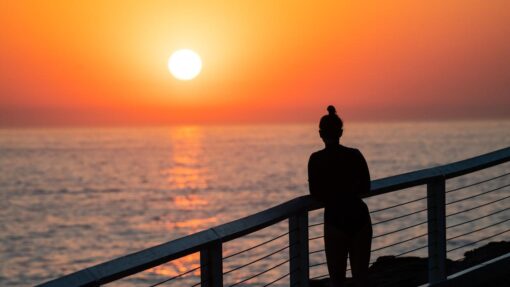‘Wake-up call’: the cohorts driving record drownings
Fraser Barton |

Drowning deaths have reached record levels in Australia in what national lifesaving organisations say is a “wake-up call”.
An urgent warning has been issued after the 2025 National Drowning Report revealed the nation’s highest number of deaths in the water since records began.
Australia recorded 357 drowning deaths in the past year, 27 per cent higher than the 10-year average.
The report, released by Royal Life Saving Australia and Surf Life Saving Australia, also revealed alarming drowning rates for older adults and people born overseas, and for coastal locations and inland waterways.

“It’s a wake-up call, that’s for sure,” Surf Life Saving Australia chief executive Adam Weir told AAP.
One-third of all drowning deaths were adults aged 65 and older, the report said, and more than a third of total drownings involved people born overseas.
Coastal locations were the most dangerous with beaches, the ocean or rocks the sites of 154 fatalities, or 43 per cent of all drowning deaths.
Eighty-two people drowned at beaches alone, up 30 per cent on the 10-year average.
“Rip currents continue as Australia’s No.1 coastal hazard, claiming more lives than sharks, floods, or cyclones combined,” Mr Weir said.
More than a third of drowning deaths (122) occurred at inland waterways, mostly rivers (99).
There were 35 deaths in swimming pools, with 68 per cent of those fatalities in a backyard.
Disadvantaged areas of Australia had drowning rates double those of major cities, and regional and remote areas had almost triple the rate of deaths.
NSW recorded the most drowning fatalities -129 – ahead of Queensland’s 90 but South Australia had the highest increase with 24 deaths, up 71 per cent on the 10-year average.
The Northern Territory and Tasmania were the only jurisdictions to record decreases in drownings.

The data prompted an urgent call for action from Royal Life Saving Australia chief executive Justin Scarr ahead of summer.
“The decline in swimming skills, an ageing population and more people heading to remote and unfamiliar locations are causing concern,” he said.
“Half of all children leave primary school unable to swim 50 metres and float for two minutes, causing lifelong risk.
“Every Australian, regardless of postcode or background, must have access to swimming lessons, a great local pool or a safe place to swim.”
The lifesaving organisations urged people to learn swimming and water safety skills, wear a lifejacket when boating, fishing or paddling and swim at patrolled beaches between the flags.
They said children should always be supervised and adults must avoid alcohol and drugs around water, urging them to check conditions and forecasts.
Lifesavers and lifeguards made 2.4 million preventive actions and almost 9000 rescues last year.
AAP


